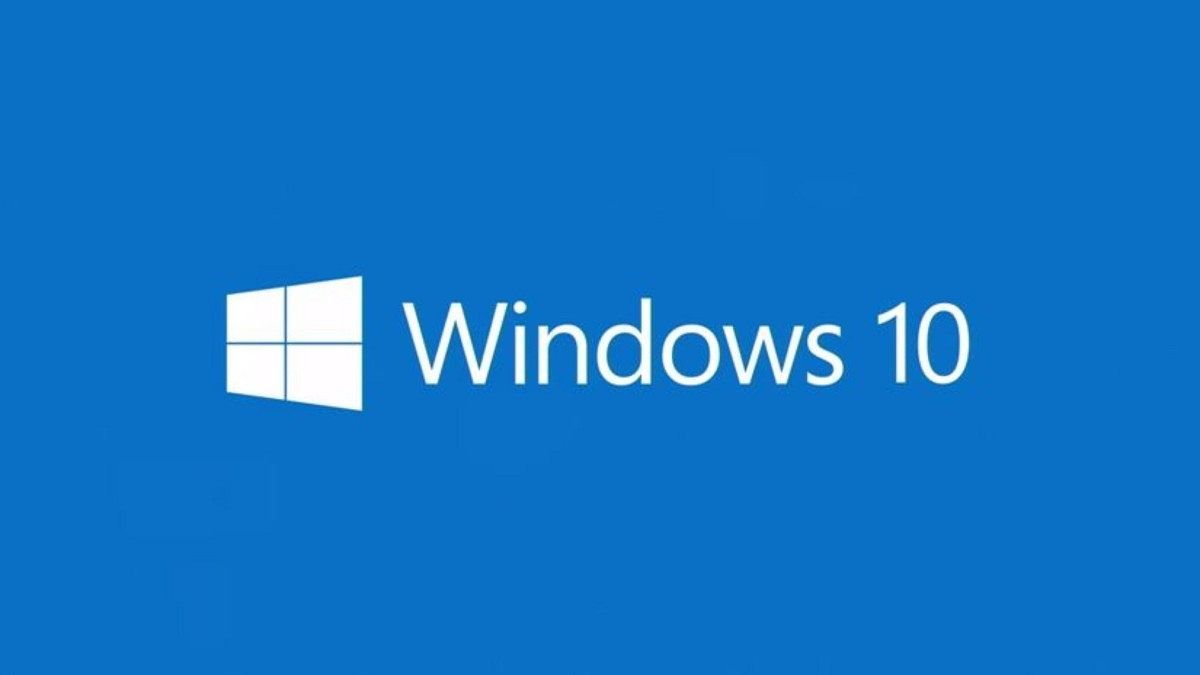Shared Message Block (SMB) is a protocol allowing for file transfer access, printer access and serial port access over wireless. It was so exclusive to Windows that another name for the protocol was "Microsoft Windows Network". SMB, however, is extremely vulnerable, being the cause of the Sony Pictures hack in 2014 and more recently the WannaCry malware just a few months ago. Real-time attack tracking shows that SMB is still one of the primary methods of attacking clients, and so with the Windows 10 Fall update, SMB v1 has been disabled. This does not mean the protocol is entirely gone, rather replaced by SMB v2. The only problem about this is that many applications can no longer use a similar protocol to transfer files wirelessly to Windows computers. None are really as effortless as SMB. This removal comes after Microsoft already released guides on how to disable SMB v1 within Windows.
However, as we covered only a couple of months ago, there is one file explorer which actually supports SMB v2. FX File Explorer was updated back in August to include a new UI, and more importantly, SMB v2 support. There aren't a huge amount of differences between SMB v1 vs SMB v2, it's mainly all just security fixes. This change is likely to disadvantage many who actively use the feature, but with FX File Explorer already supporting the new protocol and the forced switch over, it's likely other app developers will follow too.
Ransomware like WannaCry spread through SMB v1 too, as all Windows machines on the network will by default support SMB v1 connections from the same network. This meant that the malware could spread easily and quickly, so closing up the hole and removing SMB v1 was certainly the right move there. As was said above, there should be some initial issues with its removal if you actively used it, but there are replacements and soon applications will support the new protocol.

